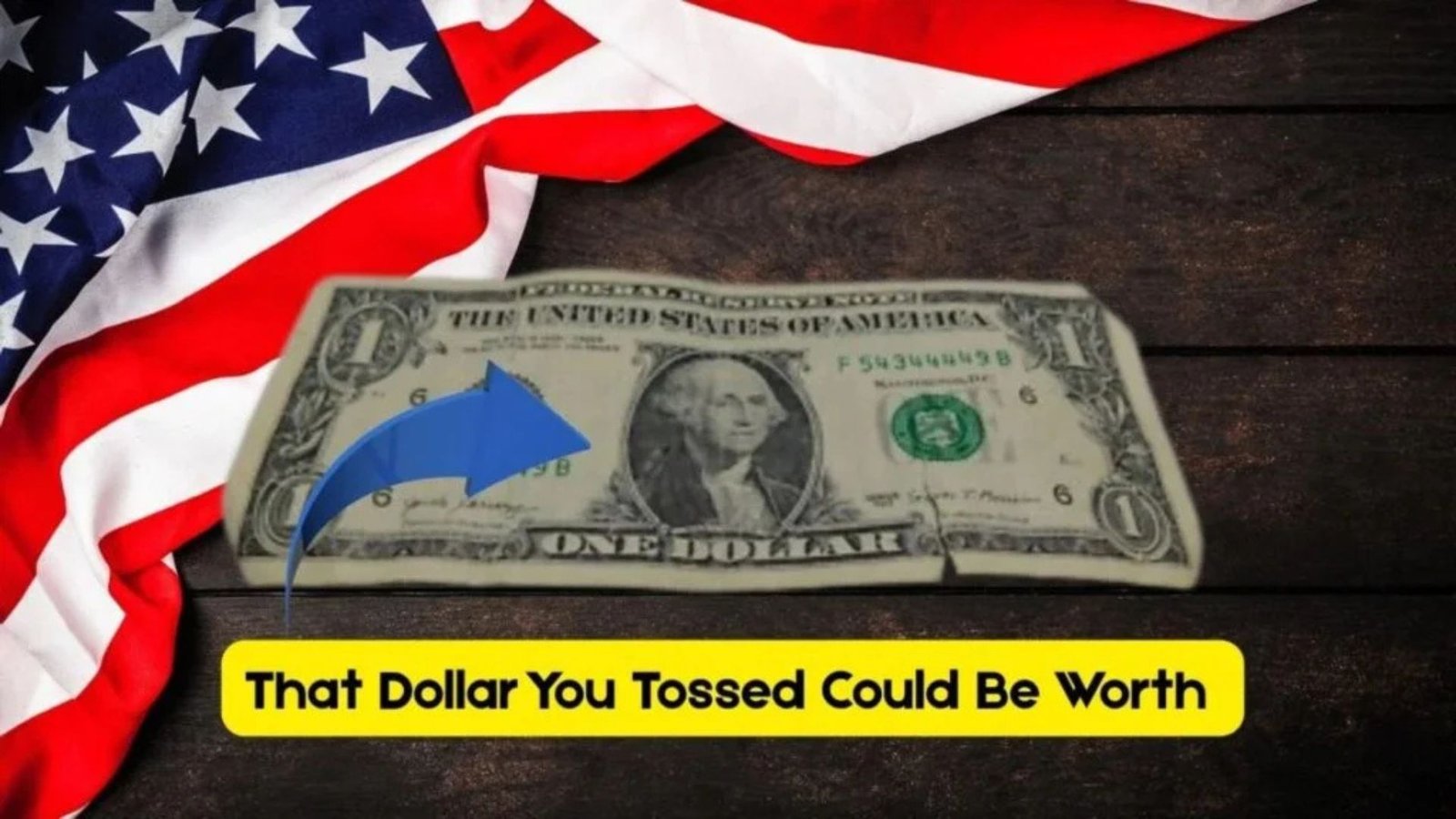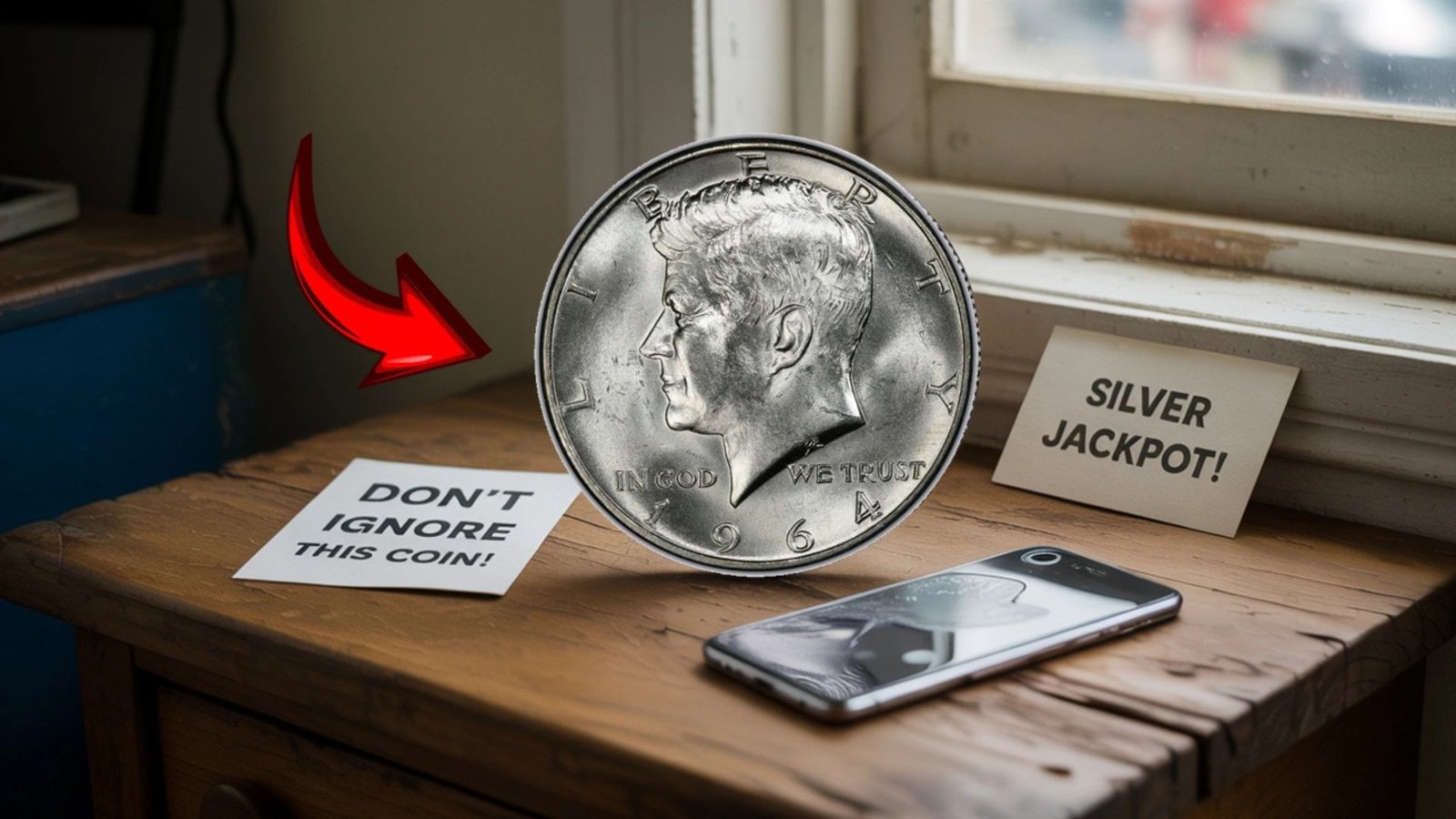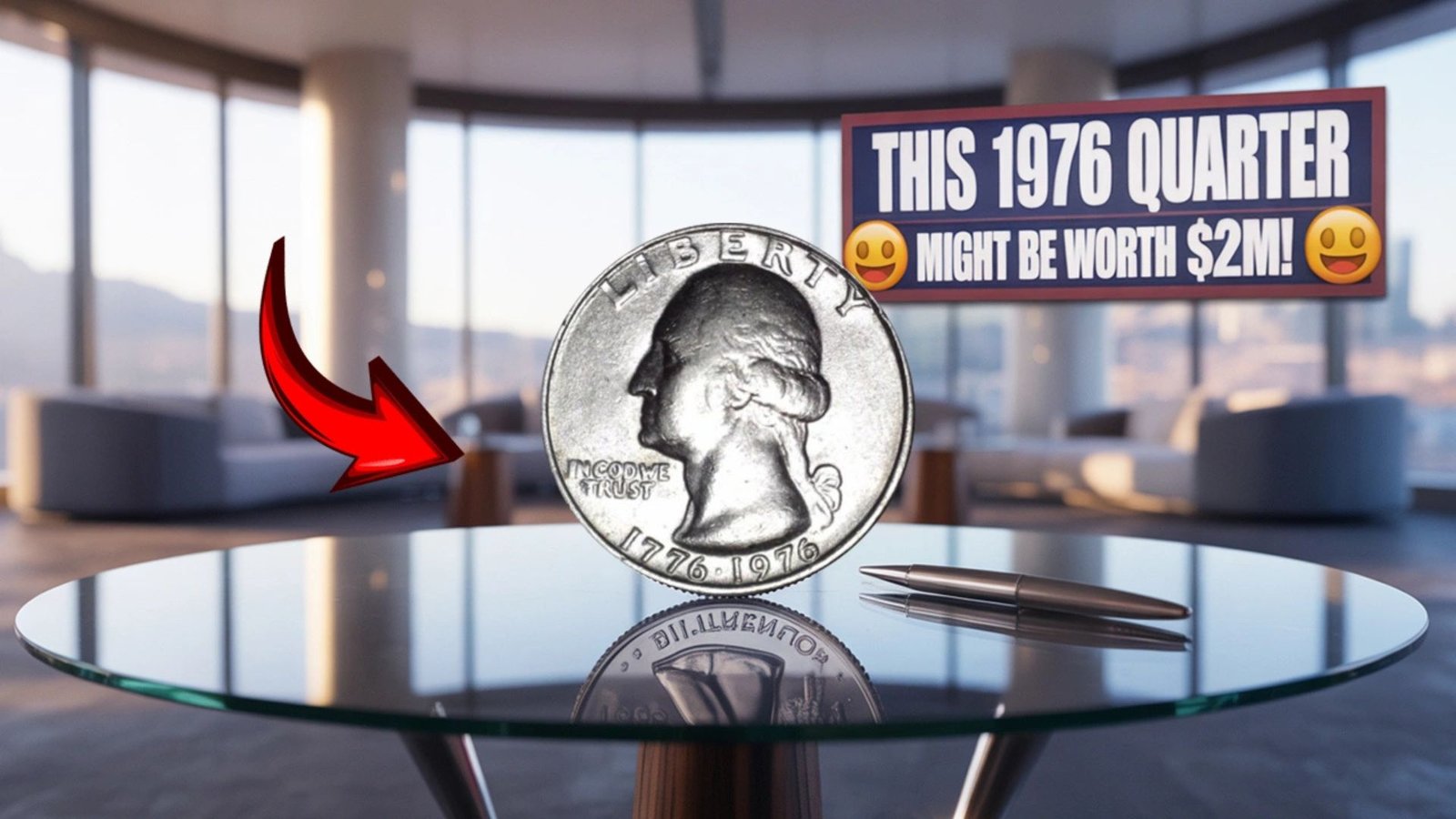Imagine finding a penny in your change that’s worth more than a luxury car—or even a mansion. Sounds like a fantasy, right? But the Lincoln Wheat Penny, a humble coin from decades past, could hold a $5 million secret. Some of these rare pennies might still be hiding in plain sight, waiting to change someone’s life. Stick with us as we unravel this numismatic mystery and reveal how you could spot a fortune in your pocket.
What Is the Lincoln Wheat Penny?
The Lincoln Wheat Penny is no ordinary coin. Minted from 1909 to 1958, it’s a one-cent piece with Abraham Lincoln’s profile on the front and two wheat stalks on the back, earning its nickname “Wheat Penny.” Most are worth just a cent, but a rare few could make you a millionaire. Curious yet? Let’s dive into the history that makes this coin a hidden gem.
The Surprising History of the Lincoln Wheat Penny
In 1909, the U.S. Mint broke tradition. For the first time, a real person—Abraham Lincoln—graced a circulating coin to mark his 100th birthday. Designed by Victor David Brenner, the penny’s wheat stalk reverse symbolized America’s agricultural roots. Over nearly five decades, billions were minted, but a few errors turned ordinary pennies into treasures.
The most legendary error occurred in 1943. World War II demanded copper for military use, so the Mint switched to zinc-coated steel pennies. But a few copper blanks from 1942 slipped through, struck with 1943 dies. These 1943 bronze pennies are now numismatic gold, with only 15–20 known to exist.
Why Is This Penny Worth $5 Million?
The 1943 bronze Lincoln Wheat Penny’s value comes from its rarity, historical significance, and collector demand. With fewer than two dozen confirmed, it’s one of America’s rarest coins. Its wartime error—copper used when steel was standard—adds intrigue. One sold for $1.7 million in 2010, and pristine examples are rumored to fetch $5 million or more.
| Key Factors Driving Value | Details |
|---|---|
| Rarity | Only 15–20 authentic 1943 bronze pennies exist. |
| Historical Significance | A wartime error from 1943, tied to WWII sacrifices. |
| Condition | Mint-state coins can fetch millions; worn ones, less. |
| Collector Demand | High competition among numismatists drives prices. |
The idea that such a coin could still be in circulation fuels a nationwide treasure hunt. Could it be in your change jar? Keep reading to find out how to check.
How to Spot a Valuable Lincoln Wheat Penny
Finding a $5 million penny isn’t just luck—you need to know what to look for. Here’s how to start your treasure hunt:
- Check the Date and Mint Mark: Look for 1943 pennies. Mint marks (“S” for San Francisco, “D” for Denver, or none for Philadelphia) appear below the date.
- Magnet Test: Steel pennies stick to magnets; bronze ones don’t. A non-magnetic 1943 penny is a potential jackpot.
- Weigh It: Bronze pennies weigh ~3.11 grams; steel ones are ~2.7 grams.
- Examine Condition: Pristine coins fetch more. Avoid cleaning, as it reduces value.
- Get It Authenticated: Contact grading services like PCGS or NGC for verification.
Search pocket change, old coin jars, or bank rolls. Estate sales and flea markets are also goldmines. One 1943 bronze penny was found in a high school cafeteria in 1947, proving treasures hide in everyday places.
Mind-Blowing Facts About the Lincoln Wheat Penny
These facts will make your jaw drop:
- Record-Breaking Sales: A 1943 bronze penny sold for $1.7 million in 2010, with estimates of $5 million for top-grade specimens.
- Other Valuable Pennies: The 1909-S VDB (484,000 minted) can fetch $100,000+, and the 1955 Doubled Die sells for $1,000–$100,000.
- Teenage Treasure: A teen found a 1943 bronze penny in his lunch change, later selling it for hundreds of thousands.
- Counterfeit Caution: Some scammers coat steel pennies in copper. Always verify with experts.
| Notable Lincoln Wheat Pennies | Estimated Value | Key Feature |
|---|---|---|
| 1943 Bronze Penny | Up to $5M | Wartime error |
| 1909-S VDB | $100K+ | Low mintage |
| 1955 Doubled Die | $1K–$100K | Visible doubling |
| 1914-D | $1,500+ | Rare mintage |
These coins aren’t just money—they’re pieces of history that spark dreams of discovery.
Expert Tips for Coin Collectors
Ready to join the hunt? Here are insider tips from numismatic experts:
- Don’t Clean Coins: Cleaning removes the natural patina, slashing value. Store in PVC-free holders and handle by edges with cotton gloves.
- Join Coin Communities: Forums and clubs like the U.S. Mint’s H.I.P. Pocket Change Program offer tips and connections.
- Buy Penny Rolls: Banks often have rolls of old pennies. Sorting through them could uncover a gem.
- Attend Coin Shows: Meet dealers and collectors to learn and trade.
- Research Market Trends: Check auction sites like Heritage Auctions or eBay for recent sales to gauge value.
These tips turn casual searches into serious treasure hunts. Are you ready to check your change?
Frequently Asked Questions
How do I know if my 1943 penny is bronze?
Use a magnet. If it doesn’t stick and weighs ~3.11 grams, it might be bronze. Get it appraised by PCGS or NGC.
Are all Lincoln Wheat Pennies valuable?
Most are worth a few cents. Only rare dates (like 1943 bronze, 1909-S VDB) fetch high prices.
Where can I sell a rare penny?
Try auction houses (Heritage, Stack’s Bowers), coin dealers, or reputable online platforms like eBay. Always authenticate first.
What’s the chance of finding a $5 million penny?
Slim, but not impossible. They’ve been found in change jars and collections, so keep looking
Conclusion: Start Your Treasure Hunt Today
The Lincoln Wheat Penny isn’t just a coin—it’s a portal to history and a potential fortune. The 1943 bronze penny, born from a wartime mistake, could be hiding in your pocket, waiting to transform your life. With only a handful known, its $5 million value is no myth. Start checking your change, dig through old jars, or visit coin shows. You might just uncover a piece of American history worth millions. Share this story with friends, and let the treasure hunt begin!








